Experiencing issues with your peripherals can be incredibly frustrating, especially when your wireless mouse not working disrupts your workflow or gaming session. Whether you’re dealing with connectivity problems, unresponsive buttons, or lagging movements, understanding the underlying causes and effective solutions can restore your mouse’s functionality swiftly. This guide provides a step-by-step approach to diagnosing and fixing common wireless mouse problems, ensuring you stay productive and entertained without unnecessary interruptions.
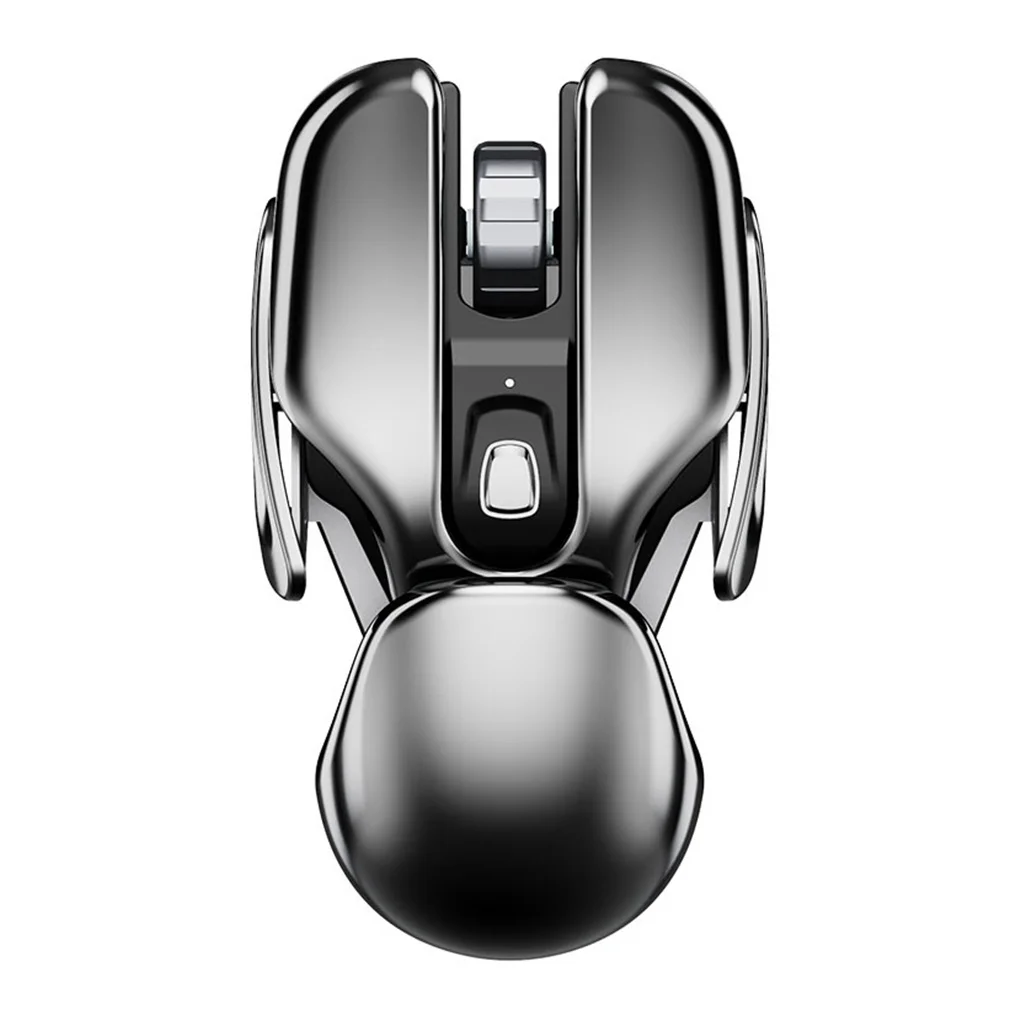 Understanding Wireless Mouse Functionality
Understanding Wireless Mouse Functionality
Before diving into troubleshooting, it’s essential to grasp how a wireless mouse operates. Unlike wired mice, wireless models communicate with your computer using radio frequency (RF) or Bluetooth technology. This difference introduces unique points of failure that you need to consider when your mouse stops responding.
The Basics of Wireless Communication
Wireless mice typically consist of two main components: the mouse itself and a receiver or dongle that plugs into your computer. In Bluetooth models, the mouse connects directly without a dongle, using your device’s built-in Bluetooth capabilities. Understanding these components helps in identifying where the problem might lie when your wireless mouse not working issues arise.
Power Sources and Battery Life
Most wireless mice are powered by batteries, and inadequate power is a common culprit when your mouse refuses to function. Ensuring that your mouse has fresh batteries or is sufficiently charged is the first step in troubleshooting. Additionally, energy-saving features in mice can sometimes lead to delayed responses or connectivity drops, particularly if the mouse is not used regularly.
Common Causes of Wireless Mouse Malfunctions
Several factors can contribute to a wireless mouse not working correctly. Identifying the root cause is crucial for applying the appropriate fix. Below are some prevalent reasons why your wireless mouse might be malfunctioning.
Interference from Other Devices
Wireless mice operate on specific frequency bands, such as 2.4 GHz, which are also used by Wi-Fi routers, cordless phones, and other wireless peripherals. This congestion can lead to signal interference, causing your mouse to lag or become unresponsive.
Driver Issues and Software Conflicts
Outdated or corrupt drivers can prevent your operating system from communicating effectively with your wireless mouse. Additionally, software conflicts or recent updates might interfere with the mouse’s functionality, especially if new security settings block peripheral devices.
Hardware Defects
Physical defects in either the mouse or the receiver can lead to connectivity issues. Damaged antennas, faulty buttons, or compromised internal circuits are potential hardware problems that can render your wireless mouse inoperative.
Distance and Obstruction Problems
Wireless mice have a limited effective range, and obstacles like walls or large metal objects can impede the signal between the mouse and the receiver. Ensuring that there’s a clear line of sight and that the mouse is within the recommended range can resolve connectivity issues.
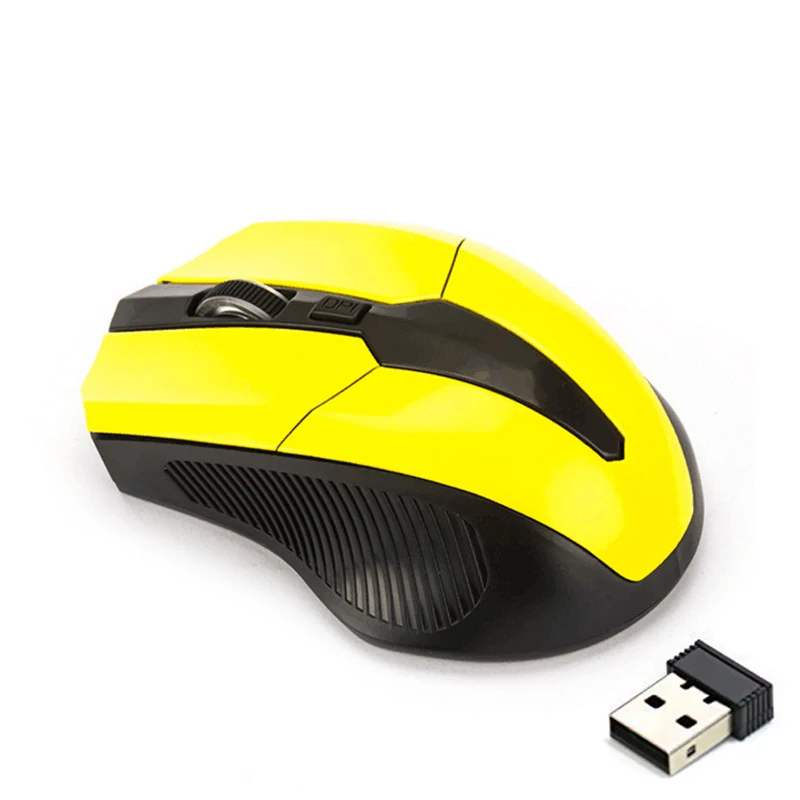 Step-by-Step Troubleshooting for a Wireless Mouse Not Working
Step-by-Step Troubleshooting for a Wireless Mouse Not Working
When your wireless mouse stops functioning, methodically working through potential solutions can help you identify and fix the issue efficiently. Follow these steps to troubleshoot and resolve common problems.
1. Check the Power Supply
First and foremost, ensure that your mouse has sufficient power. If you’re using disposable batteries, replace them with new ones to eliminate the possibility of power depletion. For rechargeable mice, connect them to a power source and allow them to charge fully before testing again.
2. Verify the Connection
For mice that use a USB receiver:
- Reconnect the Receiver: Unplug the receiver from the USB port and plug it back in. Sometimes, a simple reconnection can re-establish communication.
- Try Different USB Ports: Switching the receiver to another USB port can rule out port-specific issues.
- Use a USB Extension: If the receiver is too far from the mouse, a USB extension can help by positioning it closer, reducing signal dropouts.
For Bluetooth mice:
- Re-pair the Device: Go to your computer’s Bluetooth settings, remove the mouse from the list of paired devices, and then re-pair it.
- Ensure Bluetooth is Enabled: Make sure that your computer’s Bluetooth is turned on and functioning correctly.
3. Eliminate Interference
Move other wireless devices away from your mouse and receiver to minimize interference. Reducing the number of active wireless devices in your vicinity can improve the mouse’s performance.
4. Update or Reinstall Drivers
Drivers act as a bridge between your mouse and the operating system. Outdated or corrupt drivers can disrupt this communication.
- Update Drivers: Navigate to your computer’s Device Manager, locate the mouse under “Mice and other pointing devices,” right-click, and select “Update driver.”
- Reinstall Drivers: If updating doesn’t work, uninstall the driver and restart your computer. The system will typically reinstall the necessary drivers upon reboot.
5. Test on Another Computer
To determine whether the issue lies with the mouse or your computer, try connecting the wireless mouse to a different device. If it functions correctly elsewhere, the problem is likely with your original computer’s settings or hardware.
6. Inspect for Hardware Damage
Carefully examine your mouse and receiver for any physical damage. Look for broken parts, damaged connectors, or debris obstructing the buttons and sensor. Cleaning the mouse sensor with a soft cloth can also improve responsiveness.
7. Reset or Restore Default Settings
Some wireless mice come with reset options or default settings that can resolve unexpected behavior.
- Reset the Mouse: Refer to your mouse’s manual for instructions on how to perform a reset.
- Restore System Settings: If the issue began after a system change, restoring your computer to a previous state when the mouse was functioning can help.
8. Check for Software Conflicts
Certain software applications or updates might conflict with your mouse’s functionality.
- Safe Mode Testing: Boot your computer in Safe Mode to see if the mouse works. If it does, the issue may be due to third-party software.
- Disable Conflicting Software: Identify and disable any recently installed software that might interfere with peripheral devices.
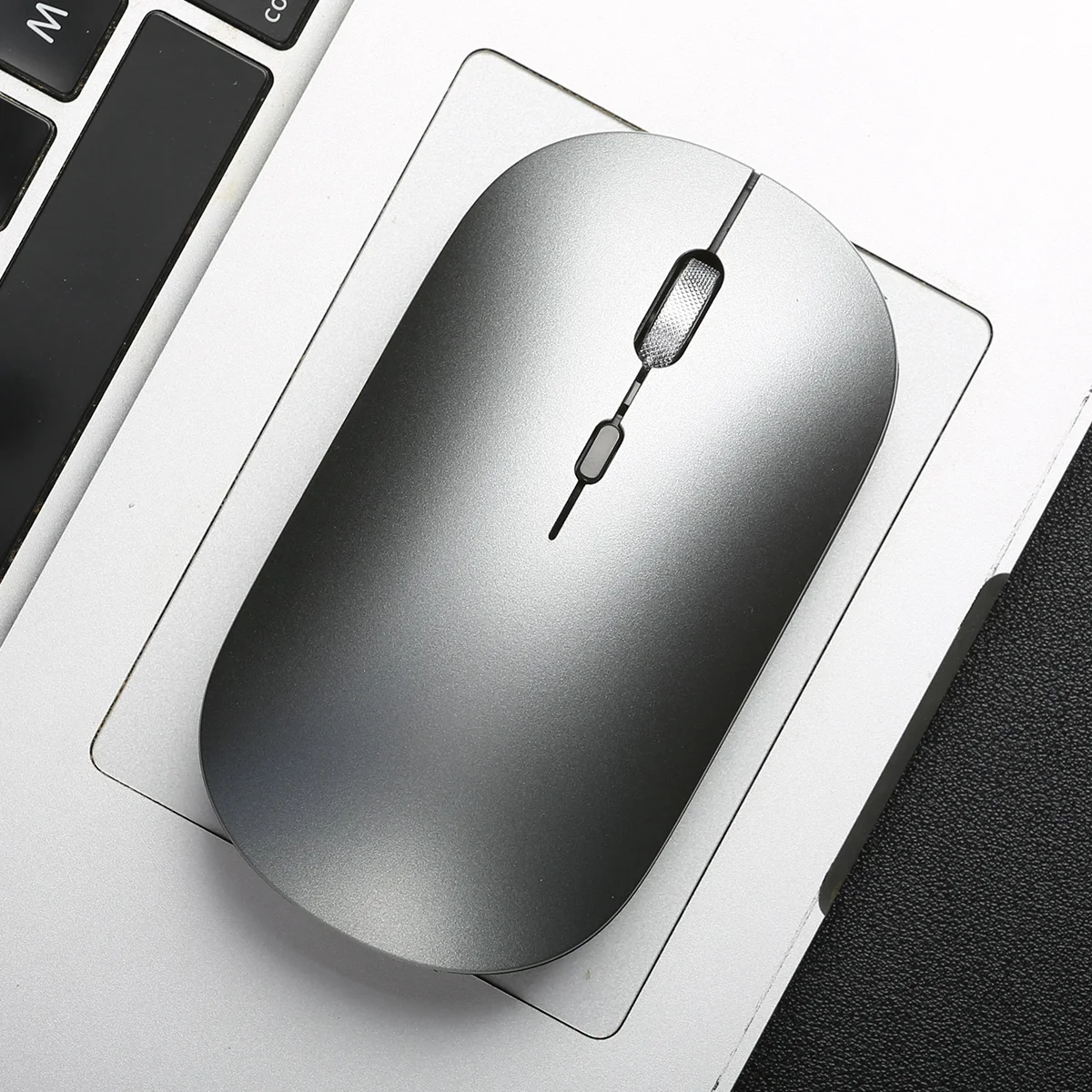 Advanced Solutions for Persistent Wireless Mouse Issues
Advanced Solutions for Persistent Wireless Mouse Issues
If the basic troubleshooting steps don’t resolve the problem, consider these advanced solutions to address more complex issues.
1. Firmware Updates
Manufacturers sometimes release firmware updates for their mice to fix bugs and improve performance. Visit the manufacturer’s website to check for any available firmware updates and follow their instructions to apply them.
2. Replace the Receiver
If your wireless mouse uses a specific USB receiver and it’s not functioning despite trying different ports, the receiver itself might be faulty. Some mice allow pairing with a new receiver, while others might require purchasing a replacement from the manufacturer.
3. Utilize Third-Party Software
There are software tools available that can help diagnose and fix hardware-related issues. Programs like “Driver Booster” or “Device Cleanup Tool” can assist in managing drivers and resolving conflicts that may affect your wireless mouse.
4. Consult Technical Support
If all else fails, reaching out to the manufacturer’s technical support can provide specialized assistance. They can offer insights specific to your mouse model and guide you through more intricate troubleshooting steps.
Preventive Measures to Avoid Future Wireless Mouse Problems
Maintaining your wireless mouse properly can prevent future issues and extend its lifespan. Here are some preventive measures to consider.
Regular Cleaning
Dust and debris can accumulate on the mouse sensor and buttons, hindering performance. Regularly clean your mouse with a soft, dry cloth, and use compressed air to remove particles from tight spaces.
Proper Storage
Store your mouse in a clean, dry place when not in use. Avoid exposing it to extreme temperatures or moisture, as these conditions can damage internal components and affect functionality.
Firmware and Software Updates
Keep your mouse’s firmware and your computer’s drivers up to date. Regular updates ensure compatibility and address any known issues that could impact performance.
Avoid Signal Interference
Minimize the number of wireless devices operating in the same frequency band as your mouse. This reduces the chances of signal interference that can disrupt connectivity and responsiveness.
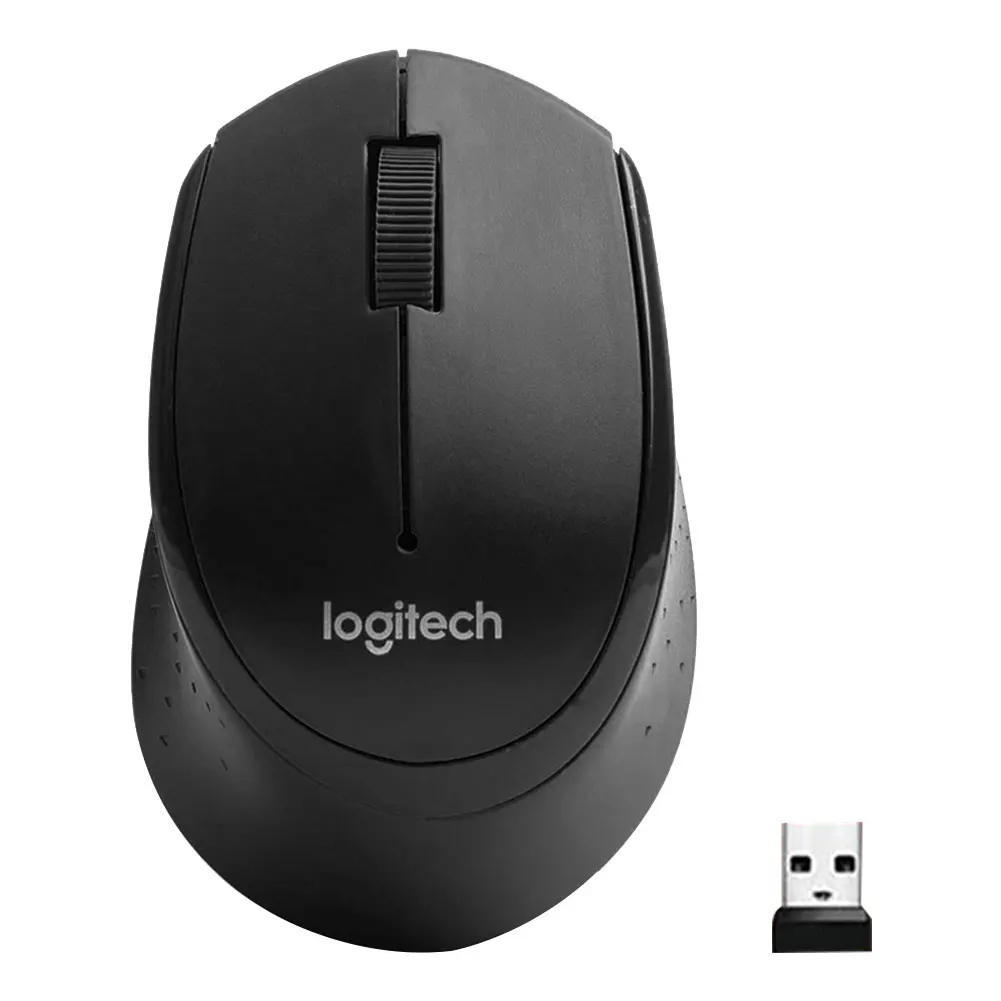 Alternative Solutions When Your Wireless Mouse Continues to Fail
Alternative Solutions When Your Wireless Mouse Continues to Fail
If your wireless mouse not working persists despite thorough troubleshooting, exploring alternative options can help you maintain productivity without compromise.
Switching to a Wired Mouse
Wired mice offer a reliable connection without the need for batteries or receivers. They eliminate the risk of wireless interference and ensure consistent performance, making them an excellent alternative if wireless issues prove too persistent.
Exploring Other Wireless Technologies
Consider switching to a different wireless technology. For example, if your current mouse uses an RF connection, a Bluetooth mouse might offer better compatibility and reduced interference with other devices.
Investing in High-Quality Equipment
Sometimes, opting for a higher-quality wireless mouse can prevent recurring issues. Premium models often come with better build quality, longer battery life, and more robust wireless connectivity, ensuring a smoother experience.
Enhancing Your Workspace for Optimal Mouse Performance
Creating an optimal environment for your wireless mouse can enhance its performance and prevent future issues.
Optimal Surface Selection
Using a mouse on the right surface is crucial for accurate tracking. Invest in a good-quality mouse pad that provides a smooth and consistent surface, minimizing lag and improving responsiveness.
Reducing Physical Barriers
Ensure that there are no physical barriers between your mouse and the receiver. A clutter-free workspace can enhance the signal strength and reduce the likelihood of connectivity drops.
Managing Power Settings
Adjust your computer’s power settings to ensure that USB ports remain powered when not in active use. This prevents the receiver from disconnecting due to power-saving features, maintaining a stable connection.
Understanding When It’s Time to Replace Your Wireless Mouse
Despite taking all precautions and performing extensive troubleshooting, there are instances when replacing your wireless mouse is the best solution.
Age and Wear
Over time, wear and tear can degrade a mouse’s performance. If your mouse is several years old and has been subjected to heavy use, it might be time to consider a replacement.
Irreparable Damage
If your mouse has suffered physical damage that affects its internal components, such as the sensor or circuitry, repairing it might not be cost-effective. In such cases, purchasing a new mouse is the most practical option.
Persistent Connectivity Issues
When persistent connectivity or functionality issues remain unresolved despite all troubleshooting efforts, replacing the mouse ensures that you have a reliable input device without ongoing frustration.
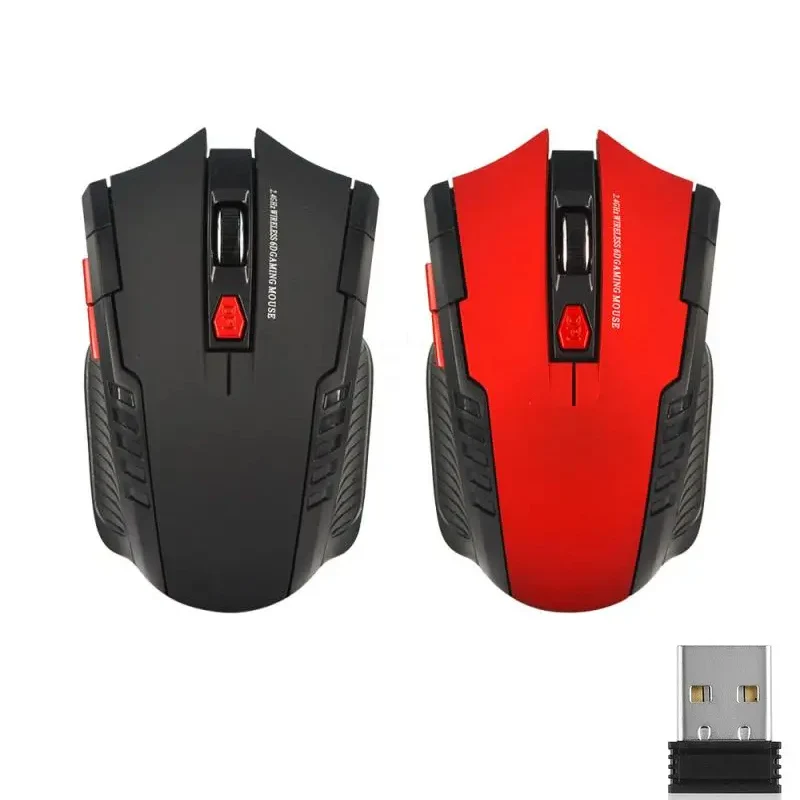 Conclusion
Conclusion
Facing a wireless mouse not working scenario can be disruptive, but with a systematic approach to troubleshooting, you can often restore functionality without extensive effort. Start by checking power sources and connections, eliminate potential interference, and ensure that your drivers are up to date. If basic solutions fail, delve into more advanced fixes such as firmware updates or consulting technical support. Additionally, adopting preventive measures can safeguard against future problems, ensuring a seamless and productive computing experience. Should all else fail, exploring alternative input devices like wired or higher-quality wireless mice can provide a reliable solution. By following this comprehensive guide, you can overcome wireless mouse challenges and maintain an efficient, frustration-free workspace.